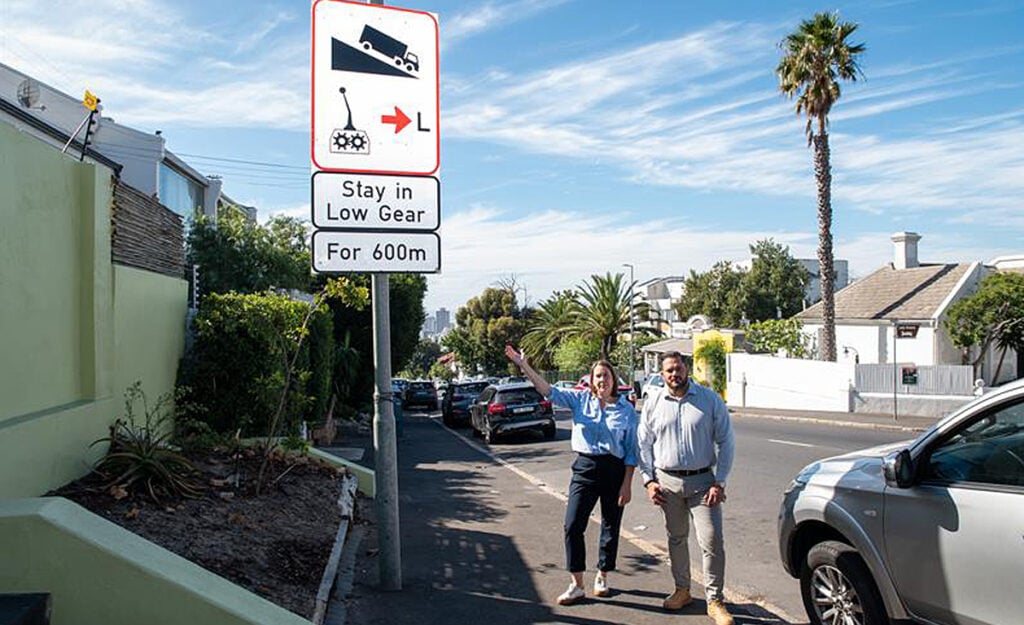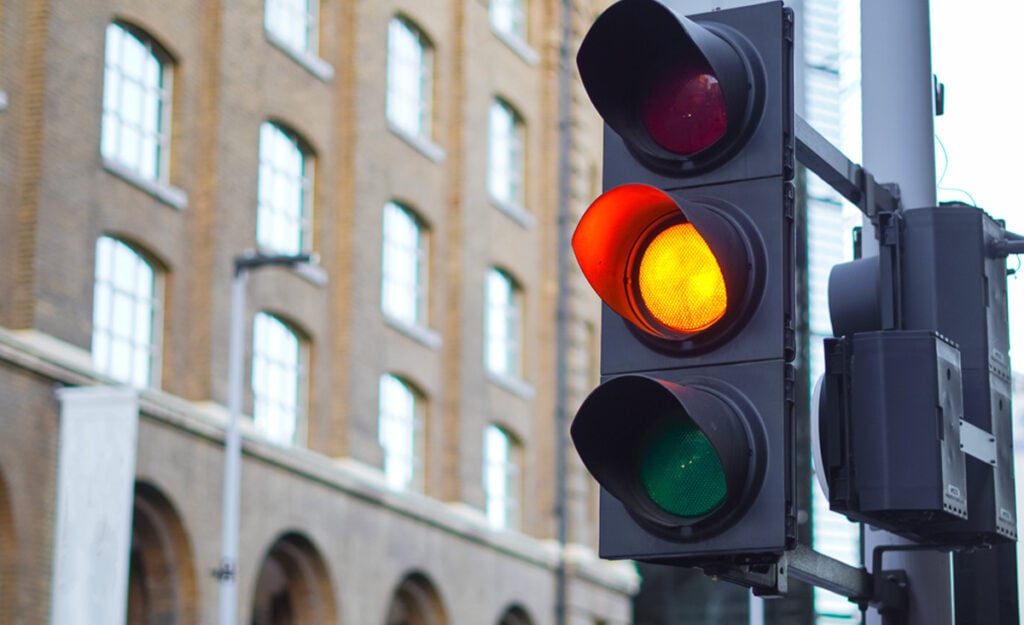
The City of Cape Town has announced that it will be implementing measures to assist in mitigating the impact of errant vehicles driving down Kloof Nek Road.
Built in 1848, Kloof Nek Road sits between Table Mountain and Lion’s Head, connecting the Cape Town CBD to areas such as Clifton and Camp’s Bay.
The route has become notorious for serious accidents due to its steep angle and many twists and turns.
Towards the tail end of 2024, a horrifying incident saw an out-of-control cement truck strike 17 other vehicles on Kloof Nek Road, sending several people to the hospital.
More recently, a taxi attempted to take over several vehicles while driving down the hill.
Its brakes failed and it subsequently collided with a truck and a private vehicle, leading to eight people being transported to the hospital with various injuries.
Many examples of similar accidents can be found when reading up on the history of the notorious thoroughfare.
The design and classification of Kloof Nek Road have made it very difficult to do anything about its safety, however.
Francine Higham, ward councillor of the particular area around Kloof Nek, previously explained that it is classified as an arterial route that is intended to cut down traveling time between two major destinations.
The City therefore can’t implement standard traffic calming measures such as speed bumps to reduce accidents as these are not allowed on arterial roads.
The steep incline at which it lies, combined with the limited space, further complicates matters.
Thus far, Cape Town has installed extra signage notifying road users to slow down as well as an additional traffic signal at the top of the road.
It also re-commissioned a speed camera that lay dormant for quite some time to enforce compliance.
These initiatives have, unfortunately, done little to curb the frequency and seriousness of accidents.
Feasibility study nearing completion

Cape Town earlier this month announced that it is in the process of addressing the issues on Kloof Nek Road.
It said that it will soon complete a feasibility study on the implementation of arrestor structures at strategically located places along the road.
Arrestor structures – also known as arrestor beds – are roadside areas which are designed to stop runaway vehicles.
They typically comprise crushable materials or gravel that decelerate the vehicle to bring it to a safe stop before it collides with other traffic.
Higham together with city authorities this week visited the site to technically assess the feasibility of arrestor structures before the study concludes.
In the meantime, the City has erected 18 “Stay-in-Low-Gear” warning signs on Kloof Nek Road to caution truck and bus drivers in particular.
Heavy vehicles can not be restricted on this route given its functional classification, said the City’s Mayoral Committee Member for Urban Mobility, Councillor Rob Quintas.
Additionally, there are a limited number of access roads to and from the CBD area to the Camps Bay area and beyond.
“By adhering to the new signs as well as ensuring your vehicle is fit to be on the road, you can ensure your safety, as well as the safety of other road users on the road,” said Quintas.
“We can significantly improve road safety if we all play our part, adhere to the speed limit, and be cautious.”











